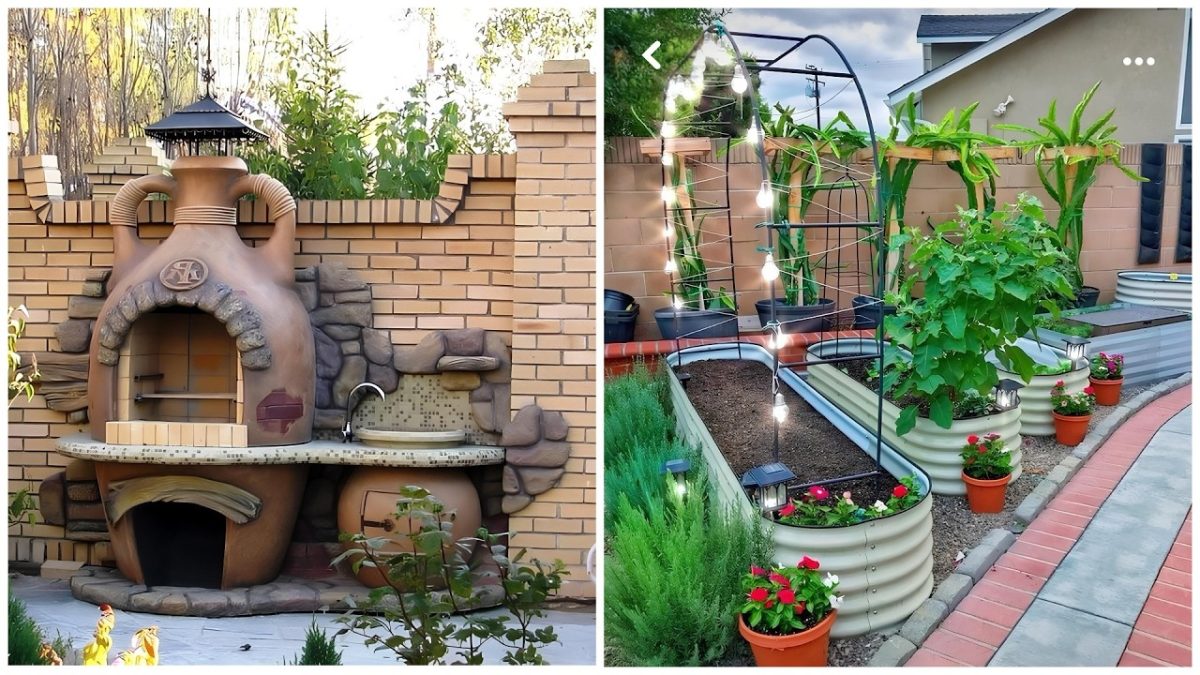Successfully planning the territory of your site begins with thoughtful zoning, lighting strategies, and landscaping choices. Each element must work together to reflect the lifestyle and preferences of the family while enhancing both functionality and aesthetics.
Zoning the Territory
Key Zones to Include:
Entrance Zone:
Features: A welcoming pathway lined with low-maintenance plants or shrubs.
Tip: Use durable materials like pavers or gravel to withstand heavy foot traffic.
Garden with Trees:
Purpose: Adds shade, privacy, and natural beauty.
Suggestion: Include fruit-bearing trees for dual-purpose benefits of aesthetics and produce.
Active Games & Recreation Area:
For Adults: Install comfortable seating, hammocks, or an outdoor dining area.
For Children: Add a sandbox, trampoline, or playhouse.
Playground:
Location: Place it within easy view of the recreation zone for supervision.
Elements: Swings, slides, or climbing walls tailored to children’s ages.
Pathway System Design
Network System:
Use a clear layout that connects all zones logically. Paths should allow smooth transitions between spaces.
Materials:
Decorative tiles for style.
Gravel or stepping stones for a rustic look.
Wood decking for warmth and natural appeal.
Maintenance: Ensure proper drainage to prevent water pooling, which can damage pathways.
Landscaping and Planting
Steps for Success:
Select Ornamental Crops:
Choose perennials and evergreens for year-round appeal.
Add seasonal flowers like tulips or marigolds for vibrant pops of color.
Greenery and Ground Cover:
Use grass or low-maintenance ground cover plants like creeping thyme for a lush appearance.
Incorporate shrubs to frame pathways and define zones.
Balance and Aesthetics:
Mix heights and textures for visual interest (e.g., tall ornamental grasses with low flowering plants).
Avoid overcrowding; leave open spaces to create a sense of harmony.
Impact on Mood:
A thoughtfully landscaped yard not only enhances visual appeal but also provides a calming, inspiring environment that positively influences household and guest well-being.
By carefully planning zoning, designing pathways, implementing strategic lighting, and selecting the right mix of plants, you can transform your site into a harmonious, multi-functional space that reflects your family’s unique style and needs.
Creating a summer kitchen that balances functionality, aesthetics, and safety requires careful planning. Whether your space is expansive or compact, thoughtful design can transform your kitchen into the centerpiece of your backyard. Below are key considerations and expert advice for a successful project:
1. Choosing the Right Location
Safety and Practicality
Distance from Fire Hazards: Maintain at least 7 meters (23 feet) between the summer kitchen and any flammable structures.
Avoid Overcrowding: Place the kitchen away from high-traffic areas such as playgrounds, animal enclosures, or roadways.
Proximity to the House
Convenience: Situate the kitchen near your main house to minimize trips for food, utensils, or water.
Shade: Leverage natural shade from nearby trees or construct a pergola for shelter.
Wind Considerations
Smoke Management: Position the barbecue or oven to direct smoke away from recreational zones, guest seating, and neighboring properties.
2. Open vs. Closed Structures
Open Design: Ideal for warm climates and summer use; integrates naturally with the outdoor environment. Use canopies or retractable awnings for sun protection.
Closed Design: Best for all-weather cooking and entertaining; includes features like sliding glass doors or shutters for protection against wind and rain.
🔔 Don’t forget to subscribe to the channel and hit the ball to not miss new videos!
👍 Like and share this video with your friends if you enjoyed our ideas.
📢 Write in the comments which ideas you liked the most and what topics you would like to see in future videos.
!!!Attention, important information!!!
This video is educational in nature! The author of the channel “100 ideas!” within the framework of fair use, demonstrates the ideas of landscape design of the garden, backyard and explains their advantages or disadvantages!
We have made significant changes to our content using the photo and video editor “Movavi Video Suite 18”, “SHORTCUT”, “Fotoshop”. We edit all the material used (pictures) to improve the image quality in a certain sequence in order to reveal the creative intent of the video creator, and added an audio track with our instructions for each topic of the video, as well as music with a free YouTube license.
source
Related posts
3 Comments
Leave a Reply Cancel reply
You must be logged in to post a comment.


Great 🌹🌺🍁🏵️🥀🌻🌷
Hello from Slovakia 👋👋🇸🇰
Just a little appeal 🙏 a Christmas garden design 🙏🙏🙏
,gimme more ideas!